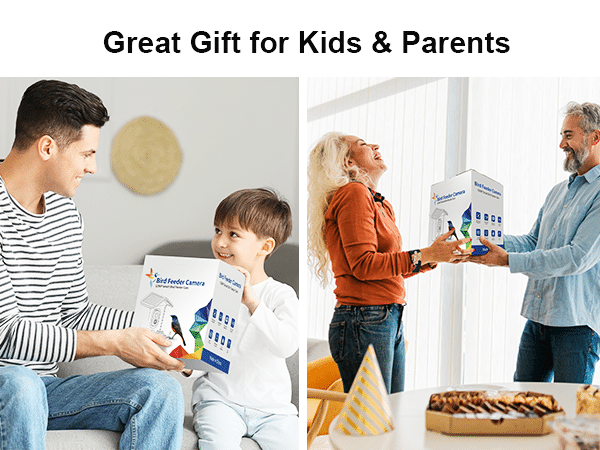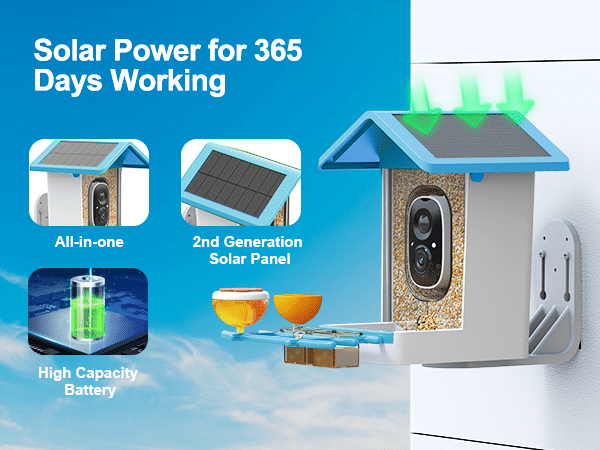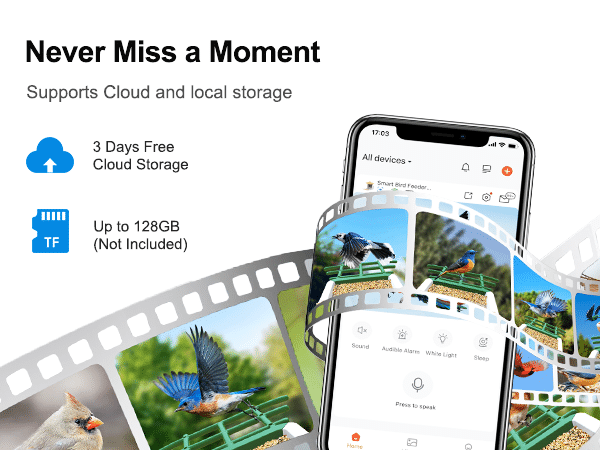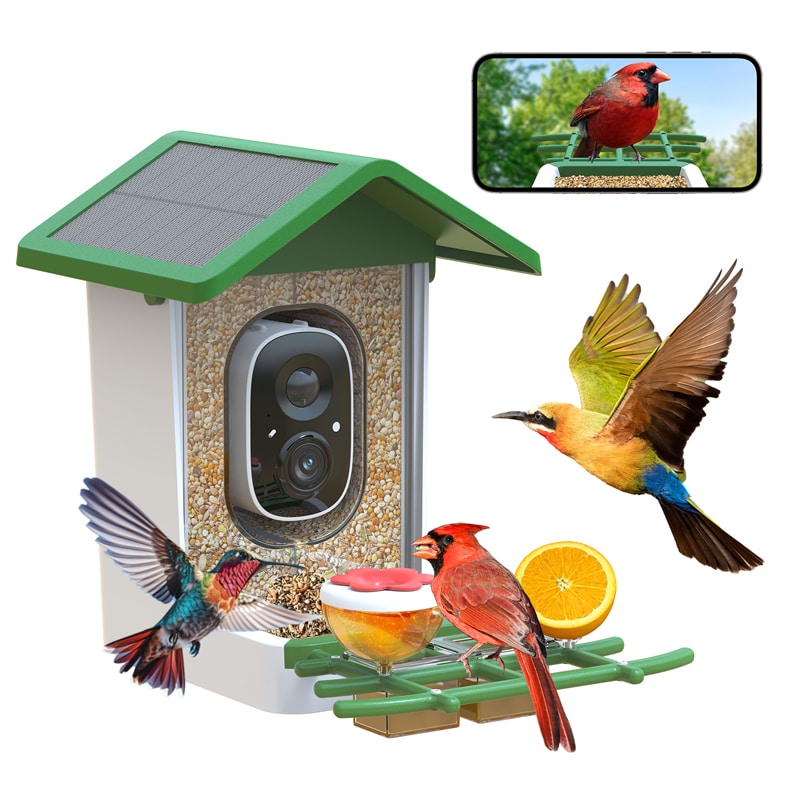Putting up birdfeeders is supposed to invite flocks of colorful visitors to your yard. But what if your feeders are sitting quietly, with no birds in sight? If you’re feeling a little snubbed by nature, don’t worry—it’s a common issue and usually easy to fix.
Here are seven common mistakes that could be keeping birds away from your birdfeeders, and how to turn your backyard into the bird buffet it was meant to be.
1. The Location Isn’t Right
Birds want to feel safe while they eat. If your feeders are out in the open, close to noisy areas, or exposed to harsh wind and sun, birds may avoid them.
Fix it: Place feeders near trees or shrubs where birds can perch and scan the area before feeding. Avoid placing them too close to windows or areas with heavy foot traffic. A partially shaded, quiet spot is usually ideal.
2. The Feed Is Stale or Low Quality
Birds can be picky. Old, stale, or cheap seed mixes filled with filler grains like milo or wheat may go untouched.
Fix it: Use fresh, high-quality birdseed suited to your local bird population. Black-oil sunflower seeds, nyjer (thistle), and suet are usually popular choices. Replace old seed every few weeks, especially in wet or humid climates.
3. You’re Using the Wrong Type of Feeder
Not all birds eat the same way. Some prefer platform feeders, others like tube feeders, and some (like hummingbirds) need nectar feeders. Using only one style can limit the types of birds you attract.
Fix it: Mix it up. Offer different kinds of birdfeeders to accommodate a wider range of species. Want to attract hummingbirds? A hanging nectar feeder is a must. Looking for finches? Try a mesh feeder for nyjer seeds.
4. Your Feeder Is Dirty
Would you eat from a dirty plate? Neither will birds. Moldy seed, sticky sugar water, or droppings can make feeders unappealing—and even dangerous.
Fix it: Clean feeders regularly. A quick rinse once a week (or more during summer) can make a big difference. Soak in a mild bleach solution (1 part bleach to 9 parts water), rinse thoroughly, and air dry.
5. No Water Source Nearby
Birds need more than just food—they also need water to drink and bathe. If your yard lacks a water source, birds may pass it by.
Fix it: Add a shallow birdbath near your feeders. Keep it clean and filled with fresh water. Even better, moving water (like a fountain or dripper) is more attractive and easier for birds to spot.
6. There’s Too Much Competition or Danger
If your birdfeeders are too close to squirrel zones, aggressive bird species, or roaming pets, shy birds might avoid them entirely.
Fix it: Use baffles to keep squirrels away, and consider feeders designed to deter larger birds like grackles or starlings. Place feeders where cats and other predators can’t easily sneak up.
7. You Gave Up Too Soon
Sometimes it just takes time. Birds may take a while to discover a new feeder, especially if it’s in a location they’re not used to.
Fix it: Be patient and consistent. Keep feeders stocked, clean, and visible. Once one bird finds it, others often follow. You can also sprinkle a little seed on the ground nearby to catch their attention.
Choose the Best Feeders to Get Results
Beyond avoiding mistakes, having the best feeders for your backyard setup can make all the difference. Look for durable, weather-resistant designs that are easy to clean and refill. Models with squirrel-proof features and built-in cameras, like Firstrend’s smart birdfeeders, also offer added convenience and enjoyment.
Conclusion
If birds are ignoring your birdfeeders, you’re not alone—but you’re also not stuck. With a few adjustments, you can turn a quiet yard into a lively birdwatching spot. By avoiding these seven mistakes and choosing the right feeders, you’ll create a welcoming space that keeps birds coming back season after season.
So, don’t give up—give your backyard another chance. The birds will thank you for it.








